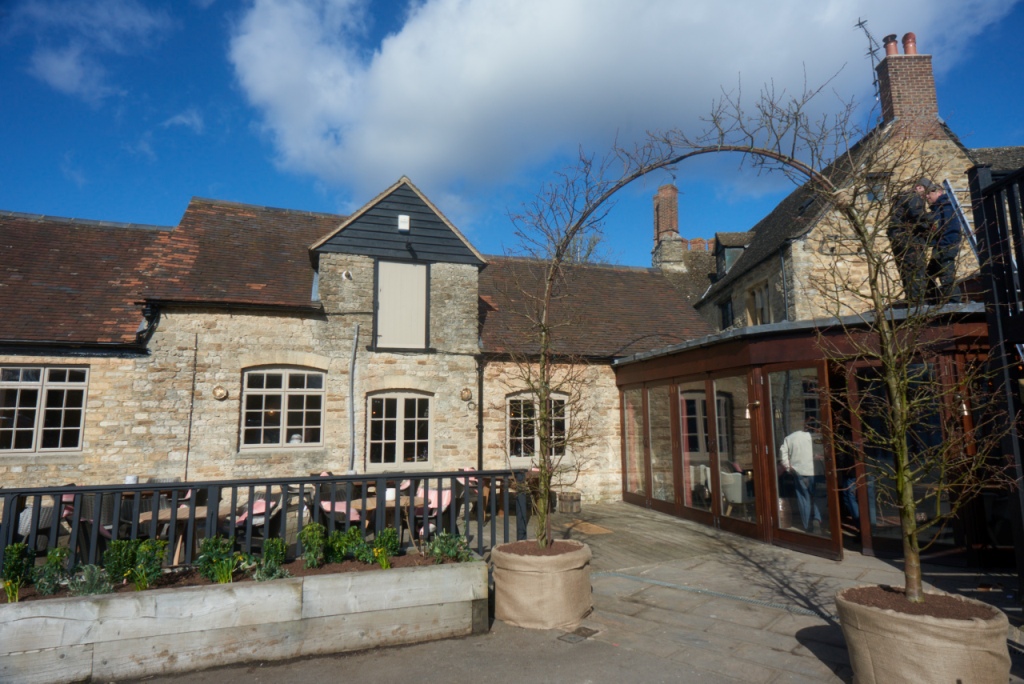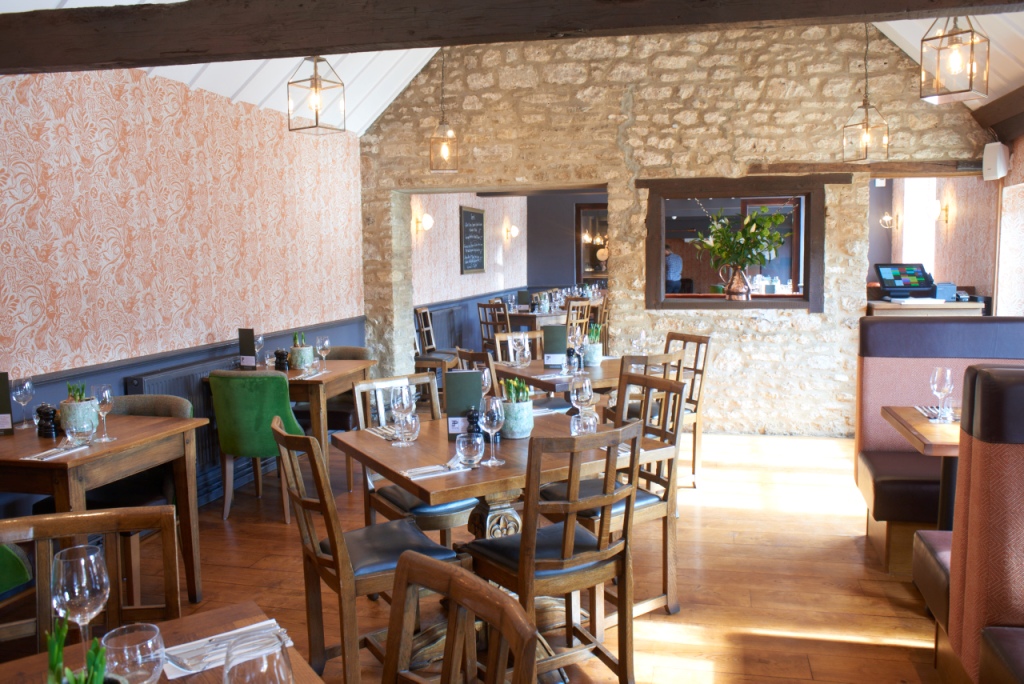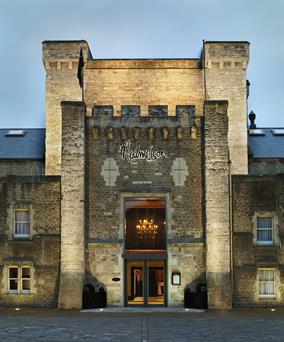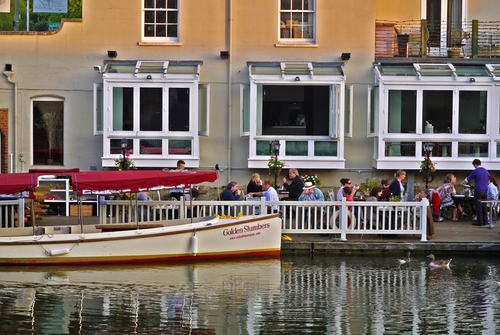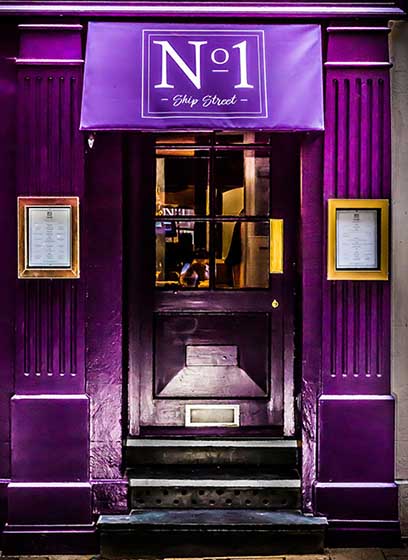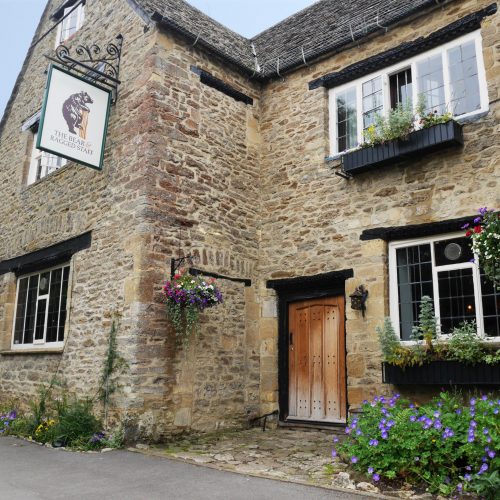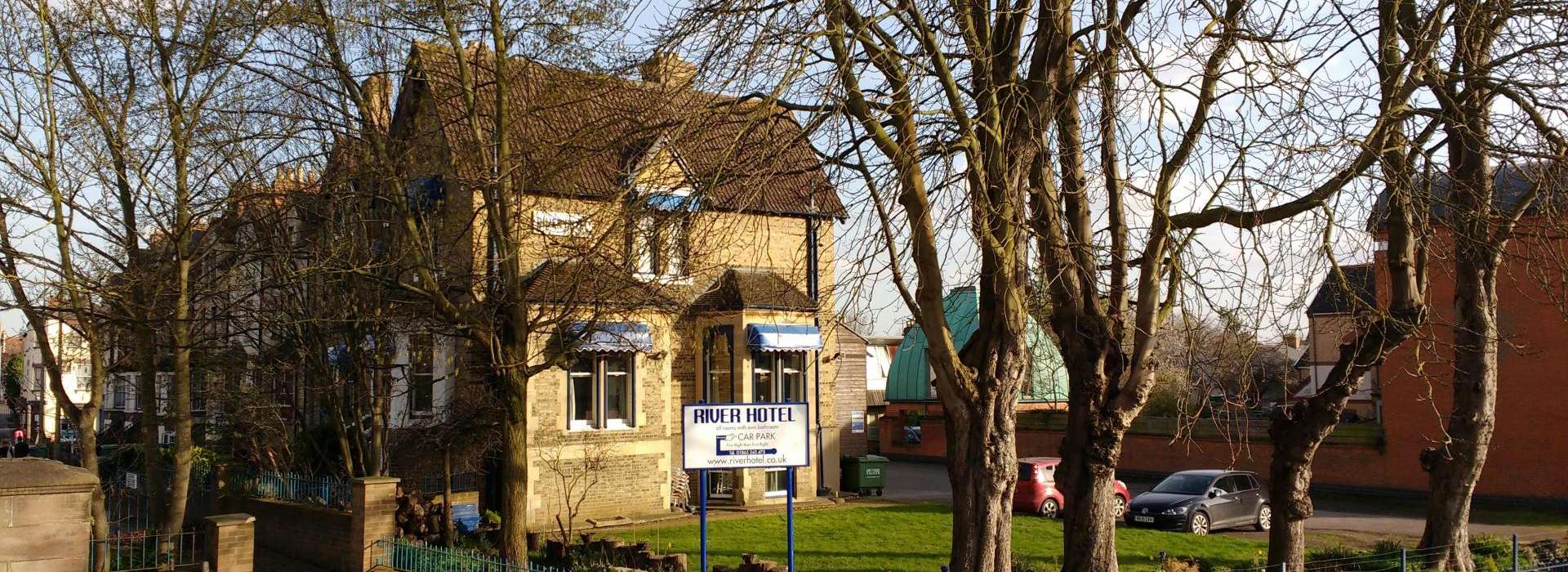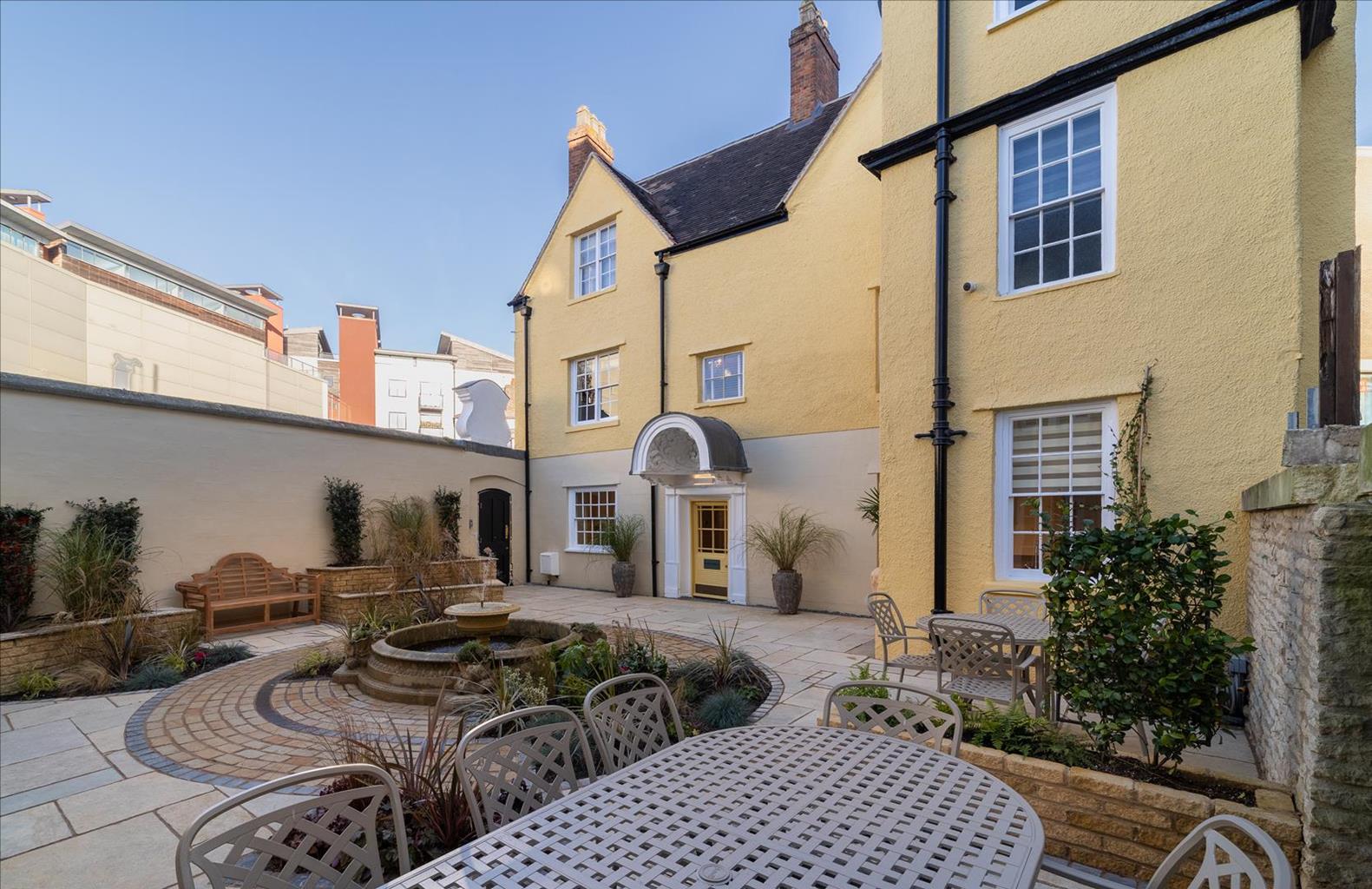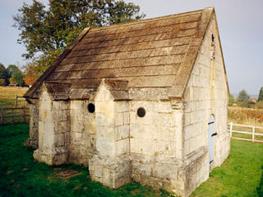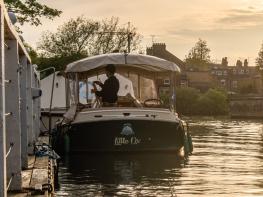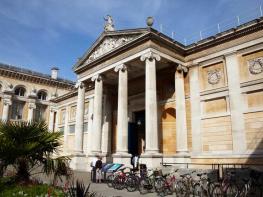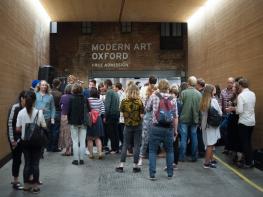On the outskirts of Oxford, the Grade II-listed Bear and Ragged Staff offers a range of dining…
Cumnor Place to Bablock Hythe

5.5 miles (8.8kms)
About the walk
Sadly, a stone fireplace set in a bank in an Oxfordshire churchyard is virtually all that is left of Cumnor Place, the setting for a mystery that has baffled historians for centuries. The manor of Cumnor was once owned by Abingdon Abbey and the remains of the house, the abbot’s summer residence, form part of the extended parish churchyard. Cumnor Place, which stood to the west of the church, was demolished in 1810 by the Earl of Abingdon.
So, what exactly happened here so long ago? What was it that scandalised the country? Following the Dissolution, the house was leased by Anthony Forster, the steward of Lord Robert Dudley, Queen Elizabeth’s favourite.
Dudley, third son of the Earl of Warwick, married Amy Robsart in 1550. She was the only daughter of a wealthy Norfolk landowner and it seems likely the couple met when Dudley travelled with his father to East Anglia to quell a local rebellion. Amy was young when she married, only 18, but the couple seemed happy together – at least on the face of it. However, three years later Dudley found himself in the Tower of London, charged with conspiring to prevent Mary Tudor from getting her inheritance. He was later pardoned and resumed life on his father-in-law’s estates in Norfolk.
The death of Mary in 1558 and the accession of Elizabeth to the throne had a significant impact on Dudley. He and the new Queen had been friends since childhood and now they had the opportunity to become even closer. Elizabeth was certainly smitten – it is said she smiled on no-one as she smiled on Dudley. While her husband spent much of his time away at court, Amy stayed with friends in the country. She was lonely without him and there were rumours that she was ailing. Whispers of Dudley’s close friendship with the Queen would not have helped matters.
In 1560 Lady Dudley went to stay with Anthony Forster and his wife at Cumnor Place. On Sunday 8 September she died after falling downstairs and breaking her neck. On hearing the news at court, Dudley allegedly showed no outward signs of grief or distress, perhaps fearing that the circumstances surrounding his wife’s death would damage his reputation. The main question was ‘what caused her death?’ Was it suicide, natural causes, a tragic accident or, worst of all, murder? If so, did Dudley plan it and was Forster involved? He knew that if Dudley were free to marry the Queen, then his own future would be assured. Nothing was proved. The matter was investigated fully and the jury returned a verdict of ‘mischance or accidental death’. But was it? Within three years of Amy’s death the Queen made him Earl of Leicester.
Walk directions
Turn right from the parking area and walk along to the mini-roundabout. Turn right into Appleton Road and pass the Bear and Ragged Staff pub on the right. Veer half left just a few paces beyond it and join a footpath signposted to Besselsleigh. Pass the cricket club on the left and continue on the track. When it peters out continue ahead in the field, keeping to the left of a ditch and walking the length of the right boundary of a field. Pass alongside a line of trees, bend left then right and make for an opening in the corner, concealed by vegetation in summer. Go straight on to a galvanised gate and keep some houses over to the left. Cross a footbridge to a galvanised gate, swing left and follow the path beside a fence, keeping in line with the telephone wires, and make for a gate in the field corner. Follow the drive to the road.
To visit The Greyhound pub, turn left. To continue the walk turn right and follow the road through Besselsleigh and continue out in the countryside, cutting between farmland. On reaching a junction, keep left to the next junction. Go straight on into the village of Eaton and pass The Eight Bells pub.
Follow the lane out of Eaton and through countryside. When it becomes enclosed by trees, look for a view of the Thames on the left. Continue to Bablock Hythe and look across the river to The Ferryman Inn. Walk back along the lane for a few paces and turn left at the bridleway signposted ‘Cumnor’.
Pass through a gate and follow the enclosed path (can be wet and muddy) gently uphill and when, some time later, the path curves to the right, look for the Physic Well in the trees to the left of your route. This is a muddy spring which was once greatly valued as a source of healing waters. Emerge from the trees and cut between fields towards pylons. Go through a gate, join a drive and walk ahead. Ignore the turnings to Long Leys Farm and Upper Whitley Farm and continue into Cumnor, passing Leys Farm on the right. Pass the United Reformed Church and return to the village hall.
Additional information
Field paths, quiet lanes and tracks
Fields and pasture adjacent to River Thames
On lead in villages and on country lanes
OS Explorer 180 Oxford, Witney & Woodstock
Spaces by village hall in Cumnor
None on route
WALKING IN SAFETY
Read our tips to look after yourself and the environment when following this walk.
Find out more
Also in the area
About the area
Discover Oxfordshire
Located at the heart of England, Oxfordshire enjoys a rich heritage and surprisingly varied scenery. Its landscape encompasses open chalk downland and glorious beechwoods, picturesque rivers and attractive villages set in peaceful farmland. The countryside in the northwest of Oxfordshire seems isolated by comparison, more redolent of the north of England, with its broad views, undulating landscape and dry-stone walls. The sleepy backwaters of Abingdon, Wallingford, Wantage, Watlington and Witney reveal how Oxfordshire’s old towns evolved over the centuries, while Oxford’s imposing streets reflect the beauty and elegance of ‘that sweet city with her dreaming spires.’ Fans of the fictional sleuth Inspector Morse will recognise many Oxford landmarks described in the books and used in the television series.
The county demonstrates how the strong influence of humans has shaped this part of England over the centuries. The Romans built villas in the pretty river valleys that thread their way through Oxfordshire, the Saxons constructed royal palaces here, and the Normans left an impressive legacy of castles and churches. The philanthropic wool merchants made their mark too, and many of their fine buildings serve as a long-lasting testimony to what they did for the good of the local community.
Nearby stays
Restaurants and Pubs
Nearby experiences
Recommended things to do
Why choose Rated Trips?
Your trusted guide to rated places across the UK
The best coverage
Discover more than 15,000 professionally rated places to stay, eat and visit from across the UK and Ireland.
Quality assured
Choose a place to stay safe in the knowledge that it has been expertly assessed by trained assessors.
Plan your next trip
Search by location or the type of place you're visiting to find your next ideal holiday experience.
Travel inspiration
Read our articles, city guides and recommended things to do for inspiration. We're here to help you explore the UK.

